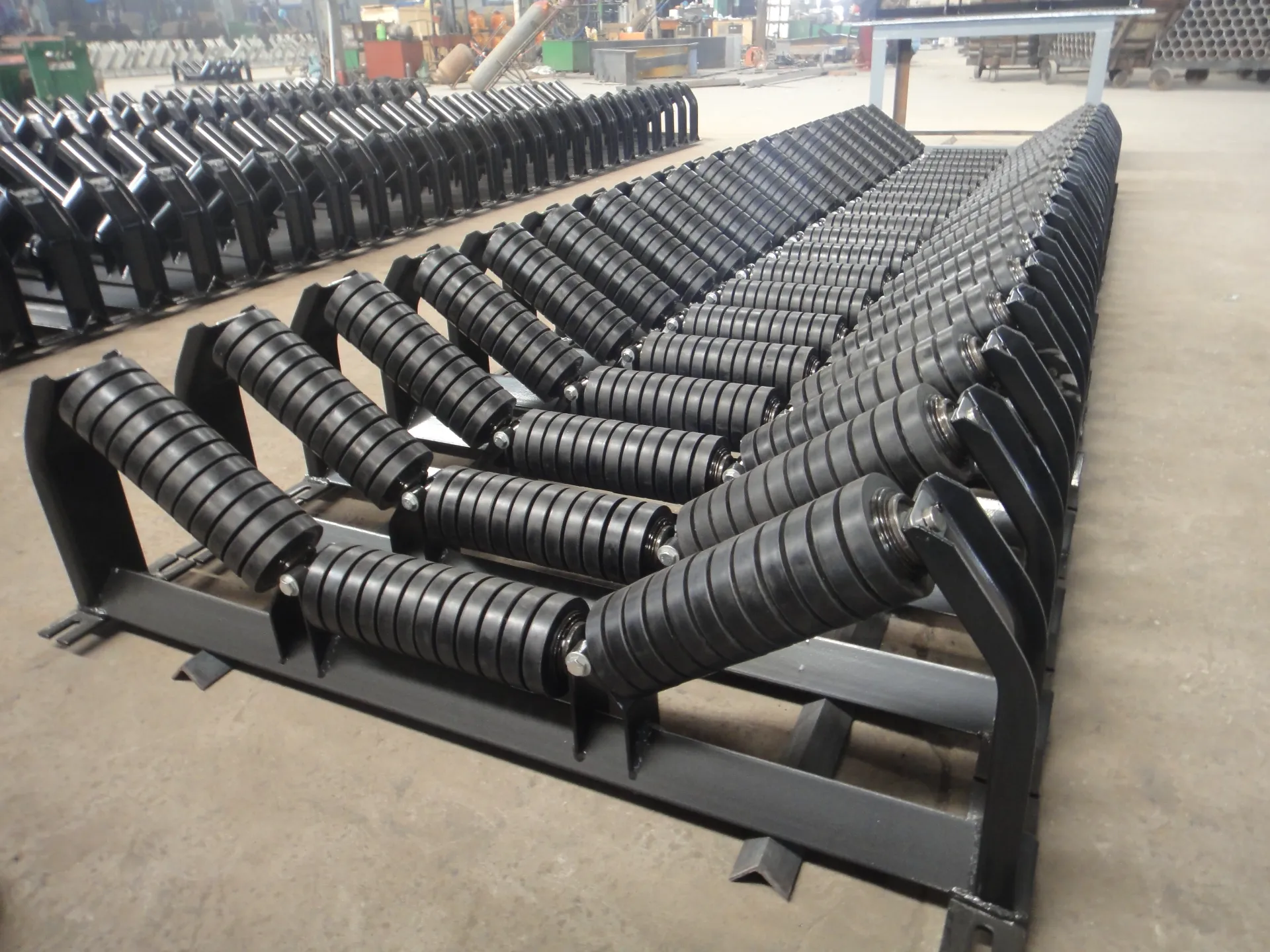 Afrikaans
Afrikaans  Albanian
Albanian  Amharic
Amharic  Arabic
Arabic  Armenian
Armenian  Azerbaijani
Azerbaijani  Basque
Basque  Belarusian
Belarusian  Bengali
Bengali  Bosnian
Bosnian  Bulgarian
Bulgarian  Catalan
Catalan  Cebuano
Cebuano  Corsican
Corsican  Croatian
Croatian  Czech
Czech  Danish
Danish  Dutch
Dutch  English
English  Esperanto
Esperanto  Estonian
Estonian  Finnish
Finnish  French
French  Frisian
Frisian  Galician
Galician  Georgian
Georgian  German
German  Greek
Greek  Gujarati
Gujarati  Haitian Creole
Haitian Creole  hausa
hausa  hawaiian
hawaiian  Hebrew
Hebrew  Hindi
Hindi  Miao
Miao  Hungarian
Hungarian  Icelandic
Icelandic  igbo
igbo  Indonesian
Indonesian  irish
irish  Italian
Italian  Japanese
Japanese  Javanese
Javanese  Kannada
Kannada  kazakh
kazakh  Khmer
Khmer  Rwandese
Rwandese  Korean
Korean  Kurdish
Kurdish  Kyrgyz
Kyrgyz  Lao
Lao  Latin
Latin  Latvian
Latvian  Lithuanian
Lithuanian  Luxembourgish
Luxembourgish  Macedonian
Macedonian  Malgashi
Malgashi  Malay
Malay  Malayalam
Malayalam  Maltese
Maltese  Maori
Maori  Marathi
Marathi  Mongolian
Mongolian  Myanmar
Myanmar  Nepali
Nepali  Norwegian
Norwegian  Norwegian
Norwegian  Occitan
Occitan  Pashto
Pashto  Persian
Persian  Polish
Polish  Portuguese
Portuguese  Punjabi
Punjabi  Romanian
Romanian  Russian
Russian  Samoan
Samoan  Scottish Gaelic
Scottish Gaelic  Serbian
Serbian  Sesotho
Sesotho  Shona
Shona  Sindhi
Sindhi  Sinhala
Sinhala  Slovak
Slovak  Slovenian
Slovenian  Somali
Somali  Spanish
Spanish  Sundanese
Sundanese  Swahili
Swahili  Swedish
Swedish  Tagalog
Tagalog  Tajik
Tajik  Tamil
Tamil  Tatar
Tatar  Telugu
Telugu  Thai
Thai  Turkish
Turkish  Turkmen
Turkmen  Ukrainian
Ukrainian  Urdu
Urdu  Uighur
Uighur  Uzbek
Uzbek  Vietnamese
Vietnamese  Welsh
Welsh  Bantu
Bantu  Yiddish
Yiddish  Yoruba
Yoruba  Zulu
Zulu Key Guidelines for Conveyor Idler Specifications and Selection
Conveyor Idler Specifications An Essential Guide
Conveyor idlers play a crucial role in the functioning of modern conveyor systems, which are vital in industries ranging from mining to manufacturing. These components support the conveyor belt while allowing it to move smoothly, minimizing wear and tear, and enhancing efficiency. Understanding conveyor idler specifications is fundamental for selecting the right idler for your application, ensuring reliability and cost-effectiveness.
Types of Conveyor Idlers
There are several types of conveyor idlers, each designed for specific functions and operational conditions. The most common types include
1. Carrier Idlers These are the most widely used idlers, providing support for the conveyor belt and the material being transported. Carrier idlers are typically installed in a staggered arrangement to ensure a stable and uniform load distribution.
2. Return Idlers Positioned on the return side of the conveyor, these idlers support the belt as it returns to the head pulley. Return idlers are crucial for maintaining belt tension and alignment.
3. Impact Idlers Located at loading points where heavy material is dropped onto the belt, impact idlers are equipped with special cushioning to absorb shock, protecting the belt from damage.
4. Training Idlers These are used to help keep the belt centered and aligned on the structure. They adjust automatically to correct any misalignment, ensuring smooth operation.
Key Specifications
When selecting conveyor idlers, several specifications must be considered
conveyor idler specifications

1. Diameter The diameter of an idler affects its load-carrying capacity and the belt's troughing ability. Common diameters range from 3 to 6 inches, with larger sizes suitable for heavy-duty applications.
2. Roller Type Idlers come in various roller types, including solid, plain, and rubber-lined options. The choice depends on the material’s characteristics and the specific application requirements.
3. Material The construction material of the idler is critical for durability. Common options include steel, rubber, and composite materials. Steel is favored for its strength and longevity, while rubber and composites are often used for specialized applications where corrosion resistance or noise reduction is necessary.
4. Load Rating This specification indicates the maximum load an idler can support. It is essential to match or exceed the expected load to prevent premature failure and ensure safety.
5. Spacing The distance between idlers is another crucial factor that affects conveyor performance. Proper spacing helps in controlling belt sag, thus optimizing material flow and reducing wear.
Maintenance Considerations
Proper maintenance of conveyor idlers is essential for long-term performance. Regular inspections help identify wear and damage, allowing for timely replacements. Lubrication of moving parts should be performed according to manufacturer guidelines to minimize friction and prevent breakdowns.
Conclusion
In summary, the specifications of conveyor idlers are vital in determining the effectiveness and longevity of conveyor systems. Understanding the different types, key specifications, and maintenance needs enables businesses to optimize their operations. By choosing the right idler, companies can enhance efficiency, reduce downtime, and ensure smoother material handling processes. Whether in mining, manufacturing, or logistics, selecting the correct conveyor idler is an investment in the reliability of the entire conveyor system.
-
Revolutionizing Conveyor Reliability with Advanced Rubber Lagging PulleysNewsJul.22,2025
-
Powering Precision and Durability with Expert Manufacturers of Conveyor ComponentsNewsJul.22,2025
-
Optimizing Conveyor Systems with Advanced Conveyor AccessoriesNewsJul.22,2025
-
Maximize Conveyor Efficiency with Quality Conveyor Idler PulleysNewsJul.22,2025
-
Future-Proof Your Conveyor System with High-Performance Polyurethane RollerNewsJul.22,2025
-
Driving Efficiency Forward with Quality Idlers and RollersNewsJul.22,2025





























